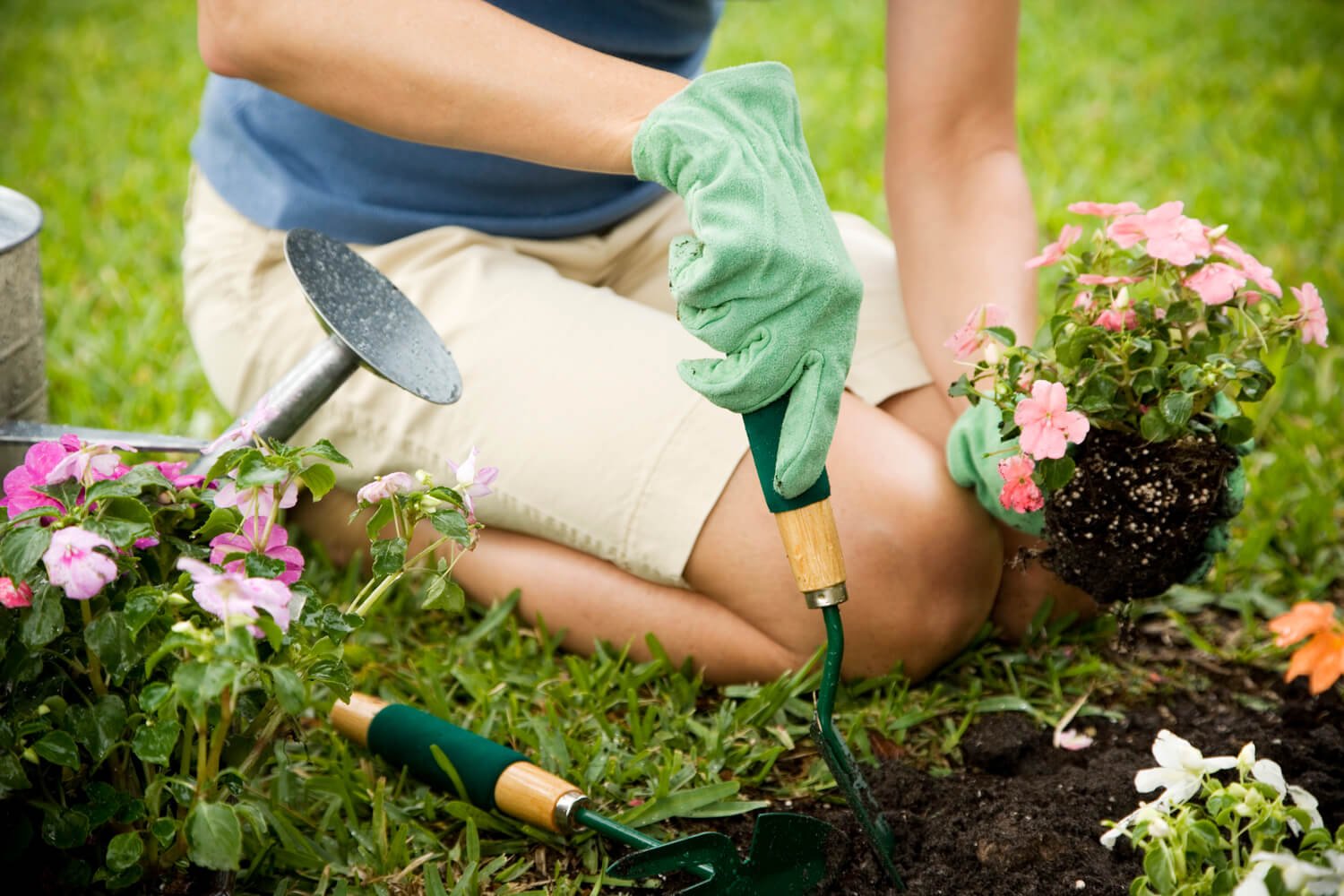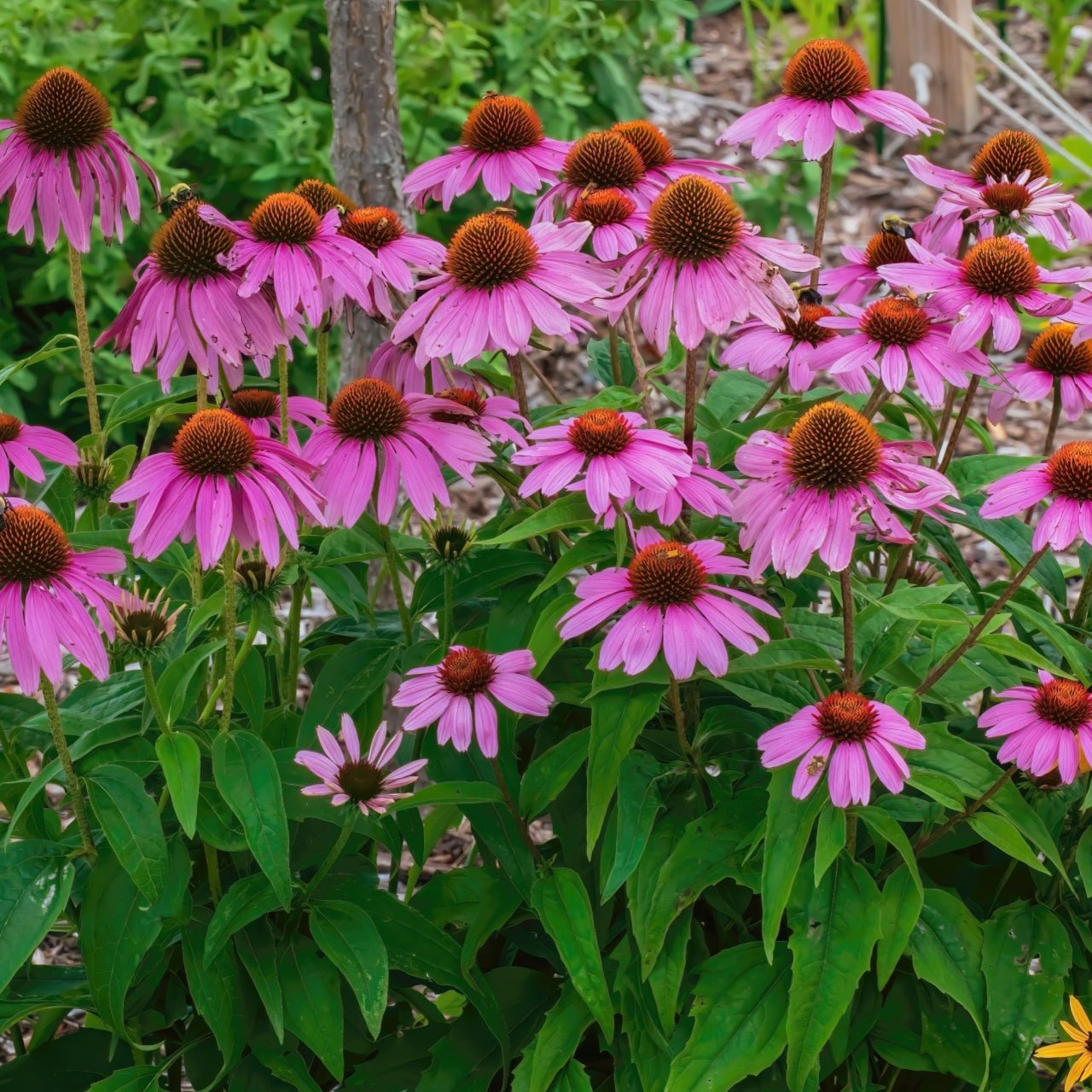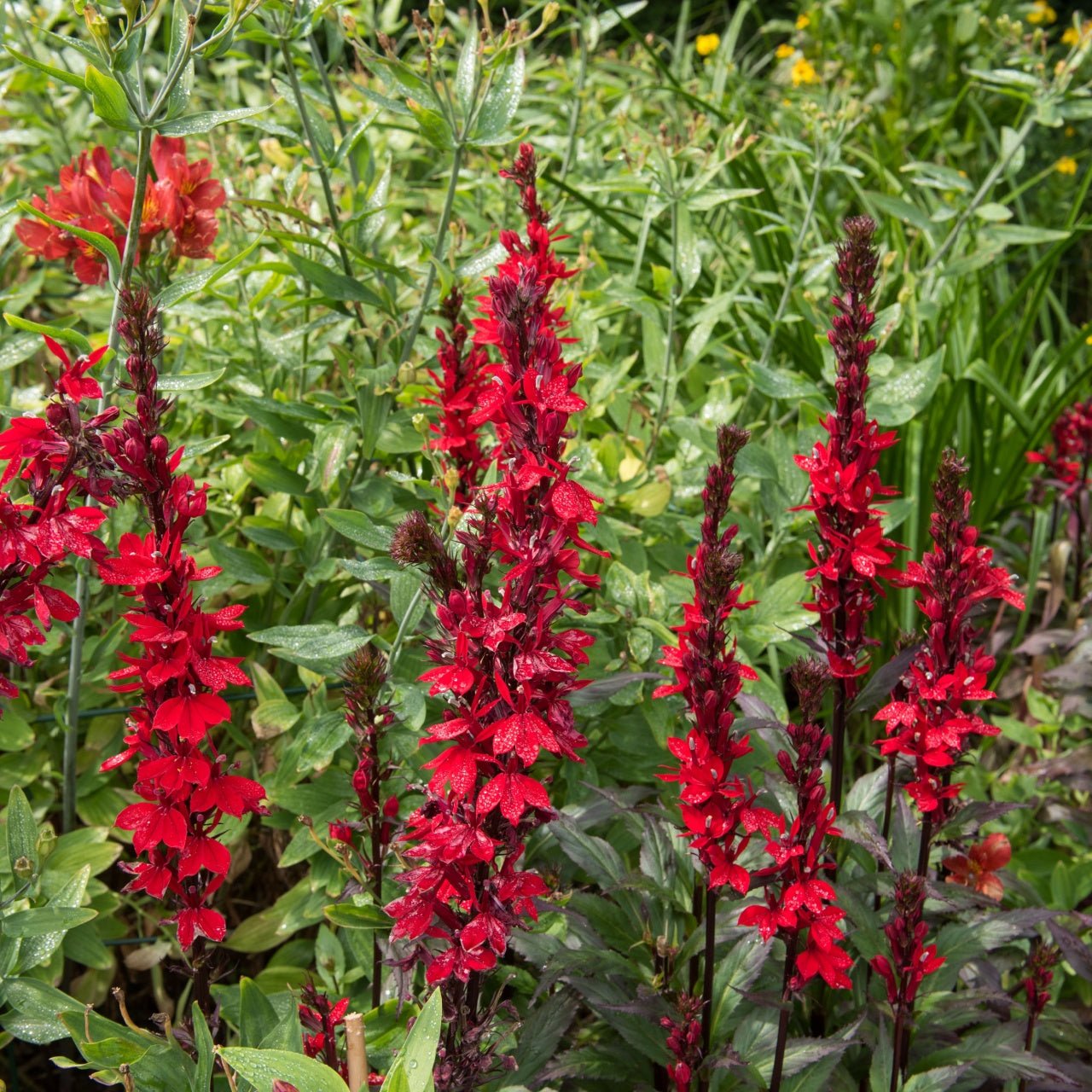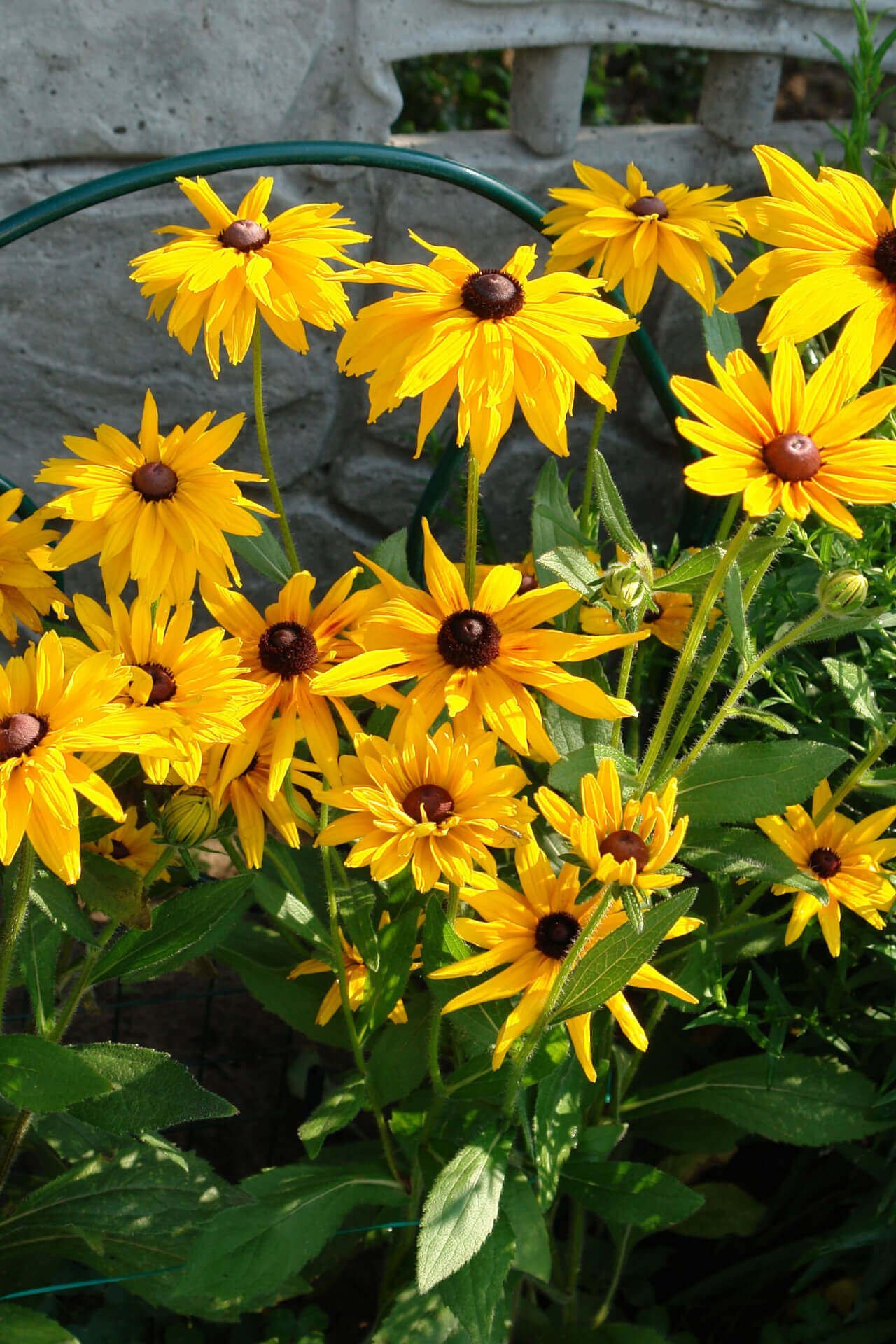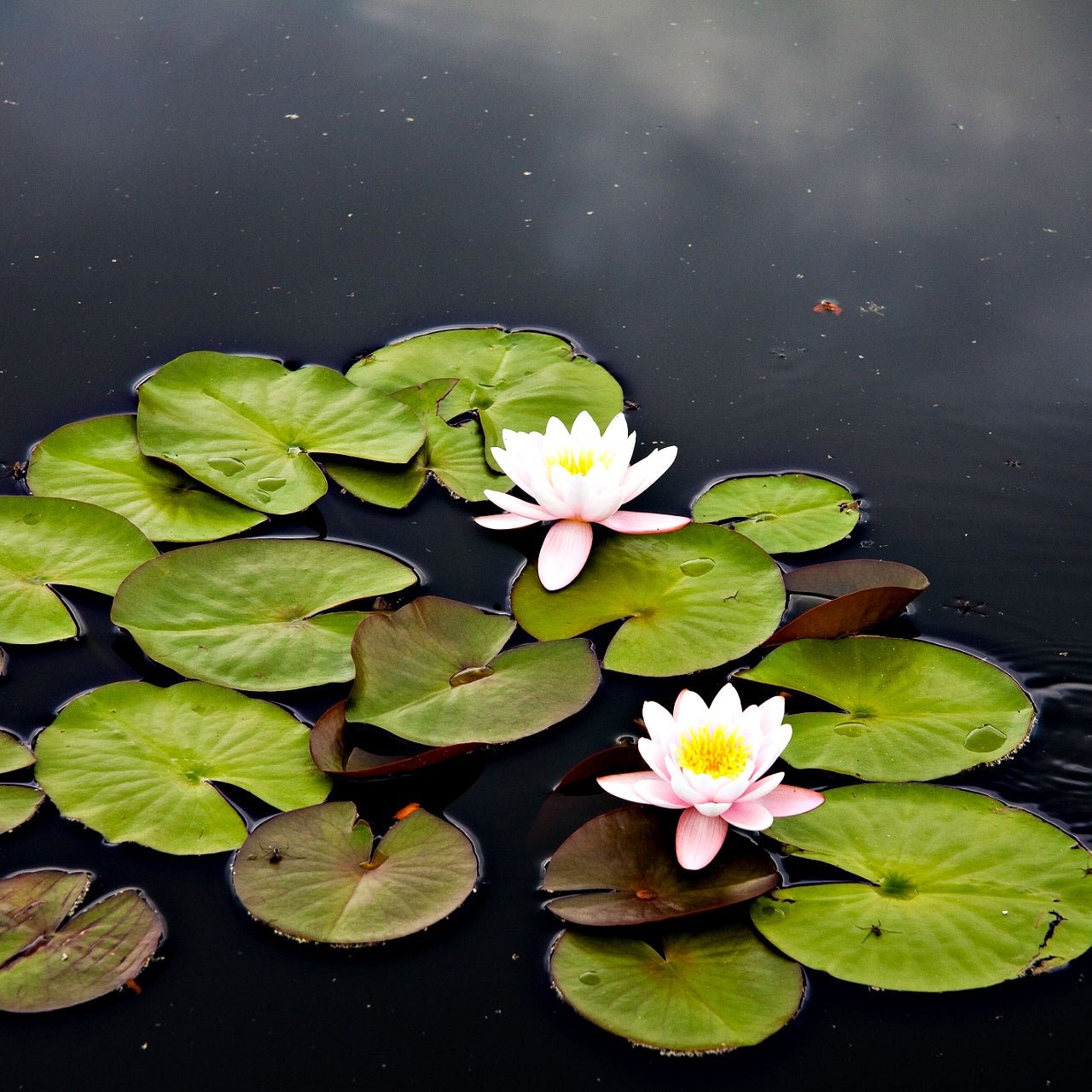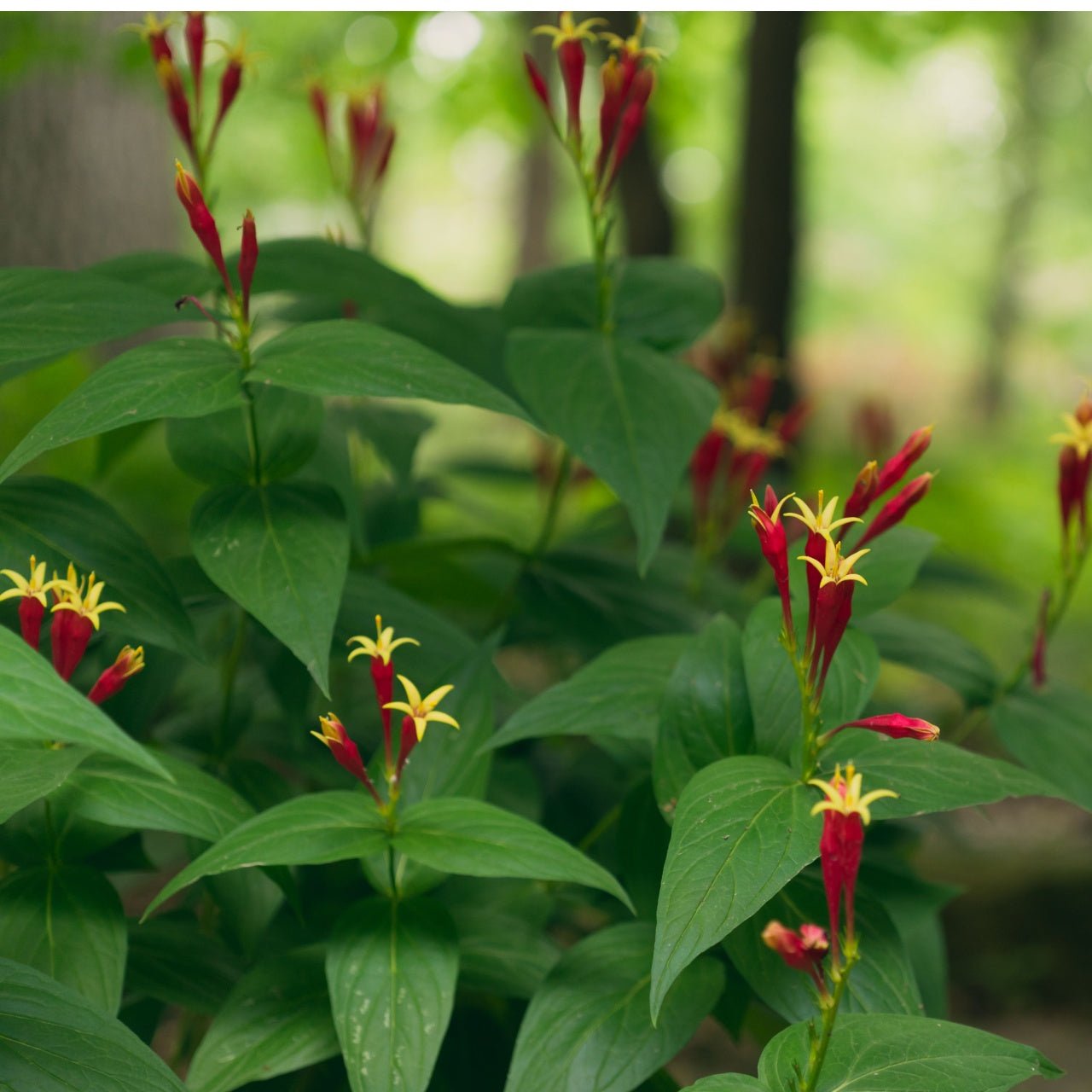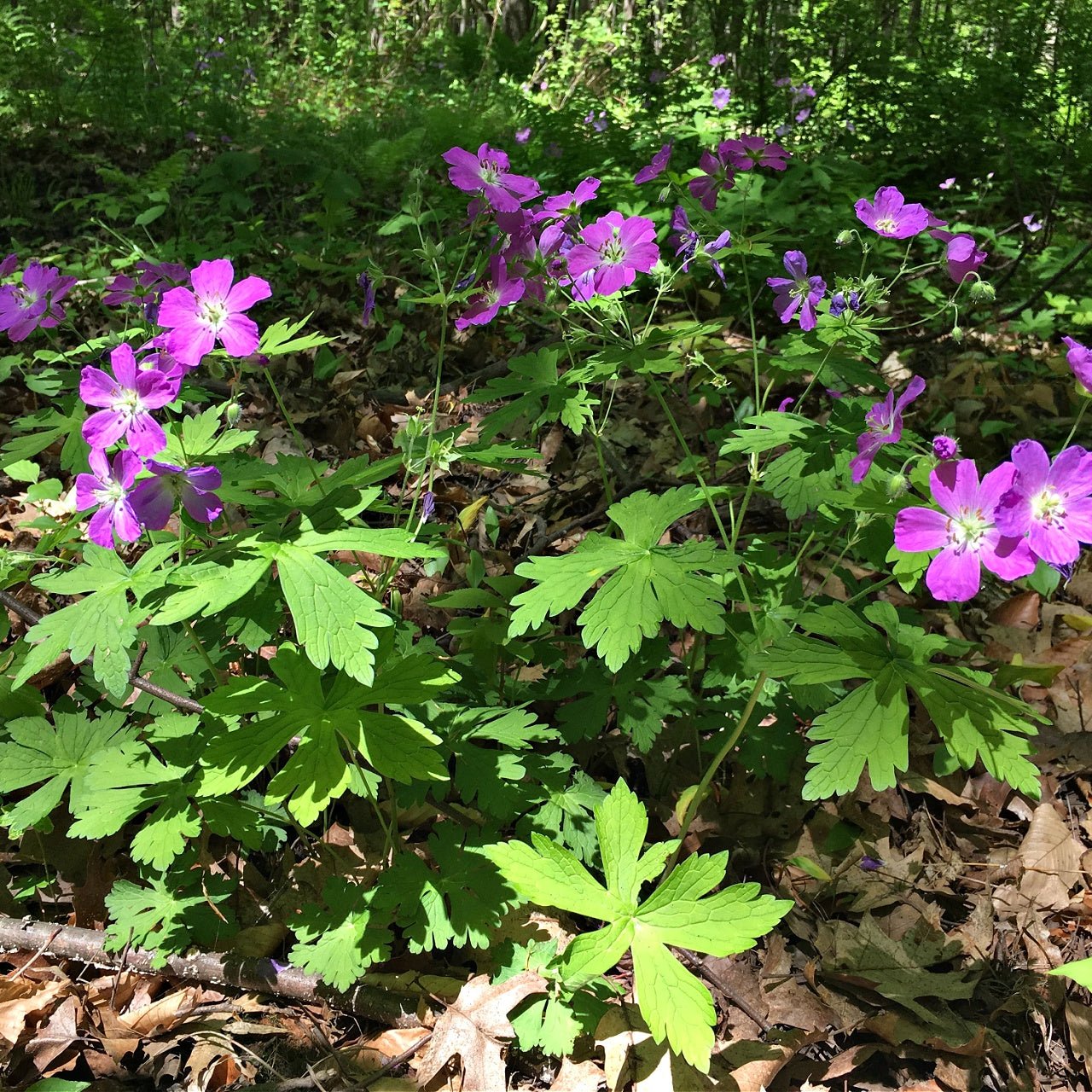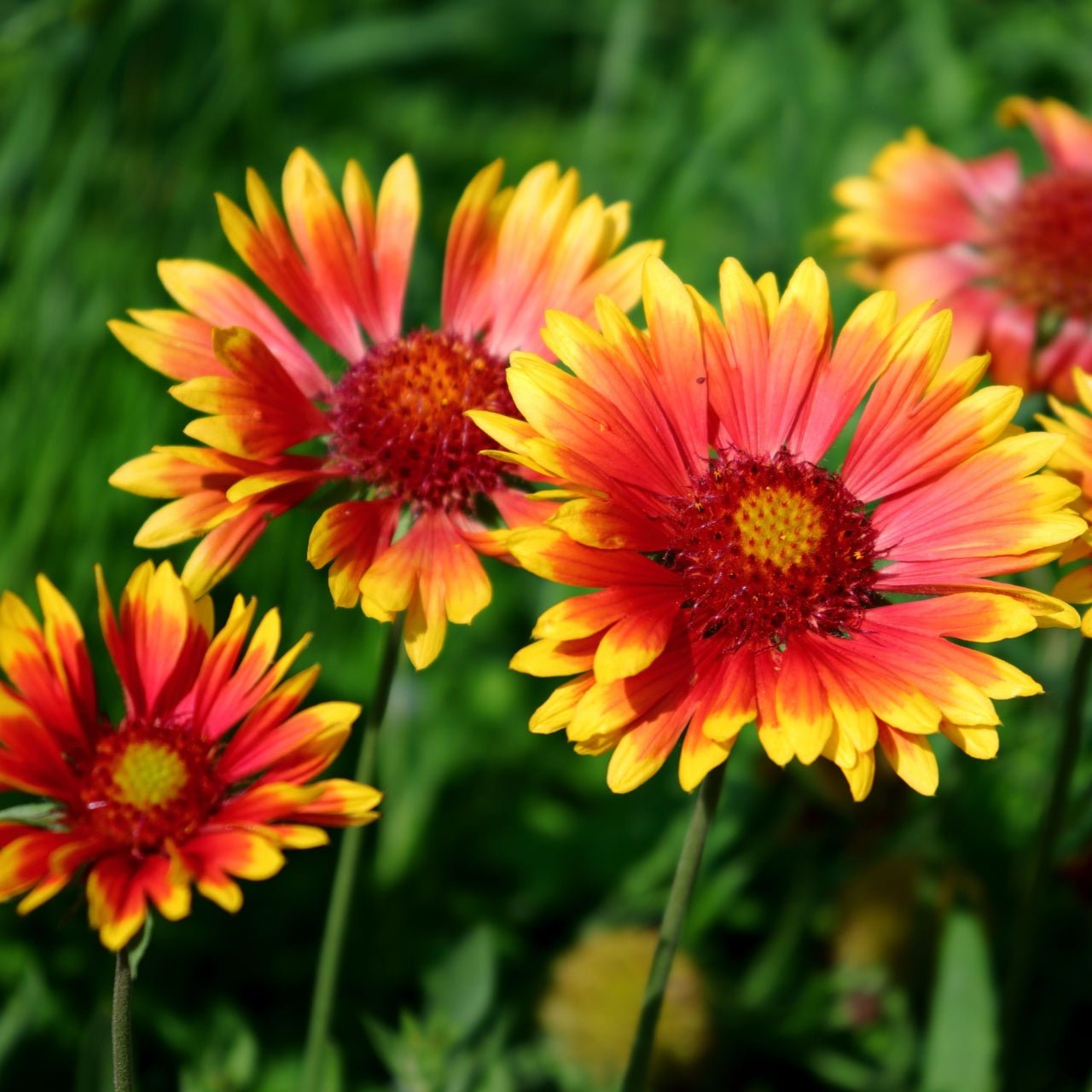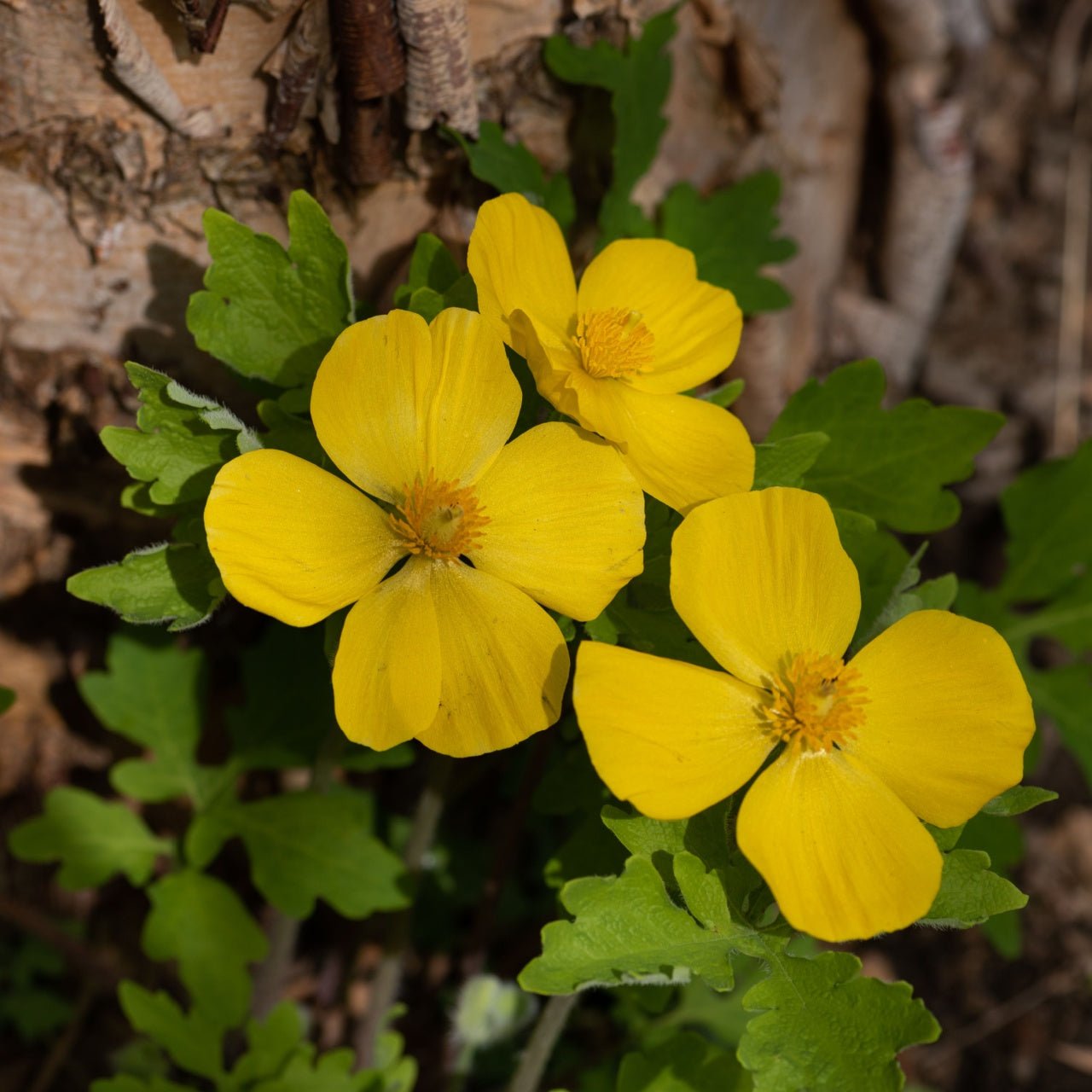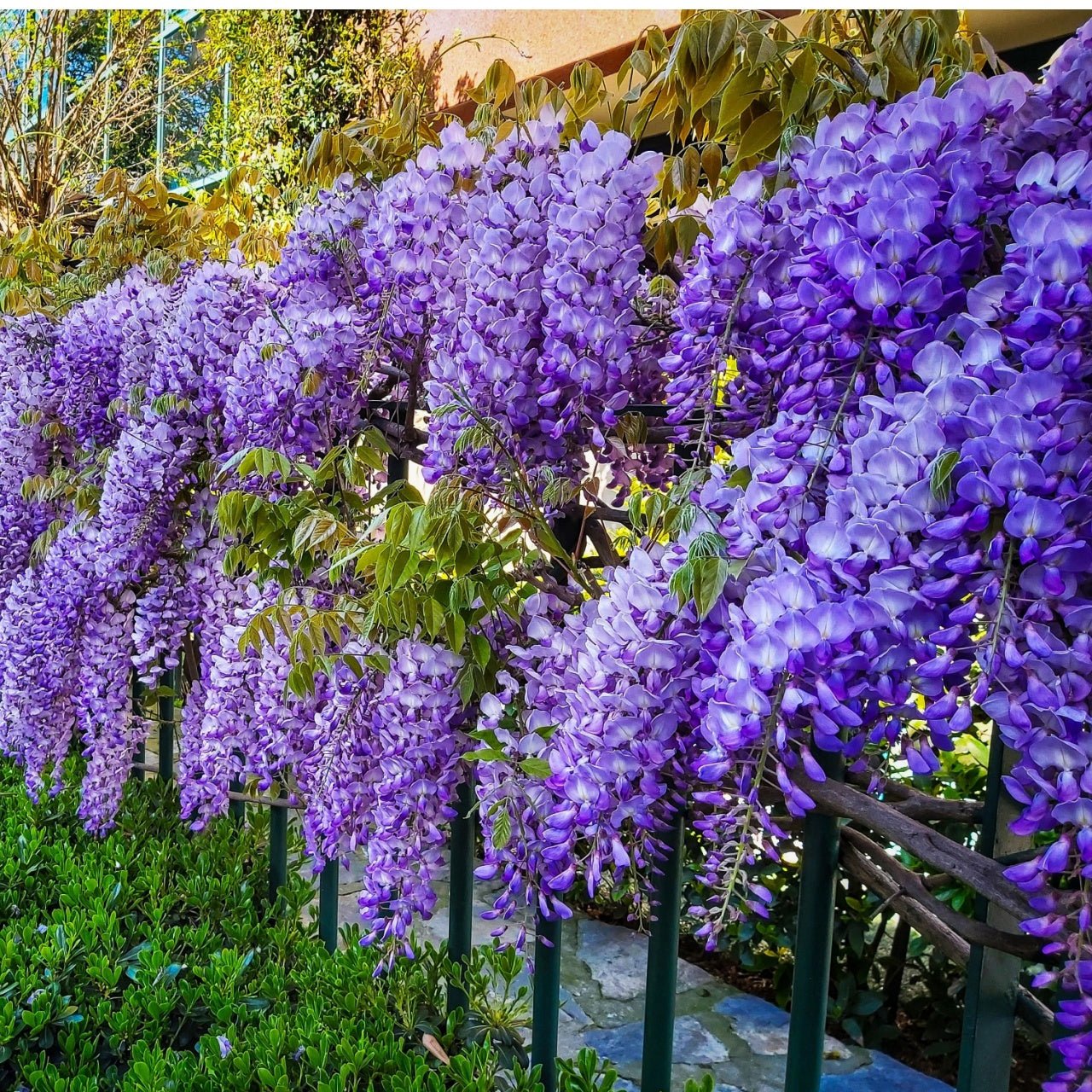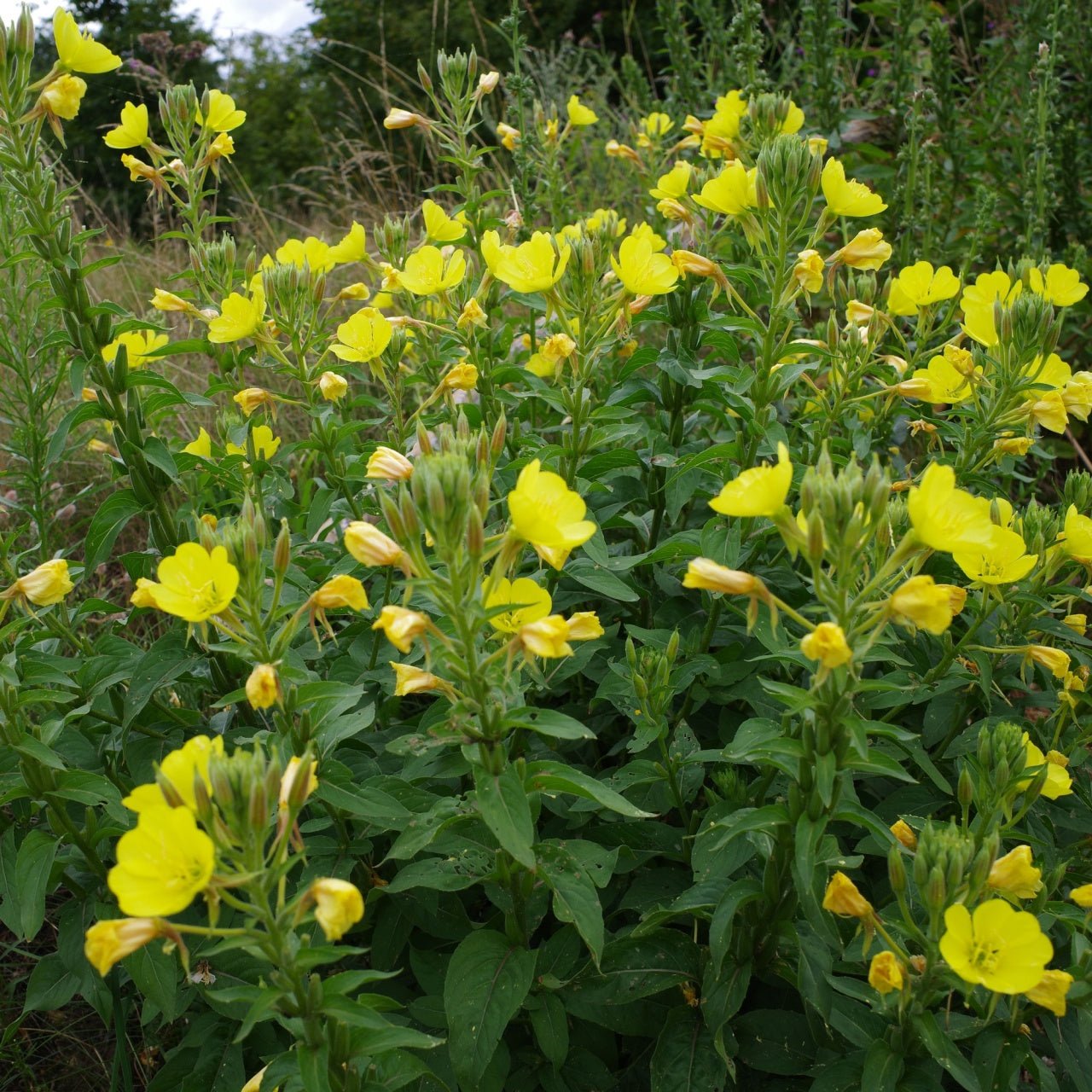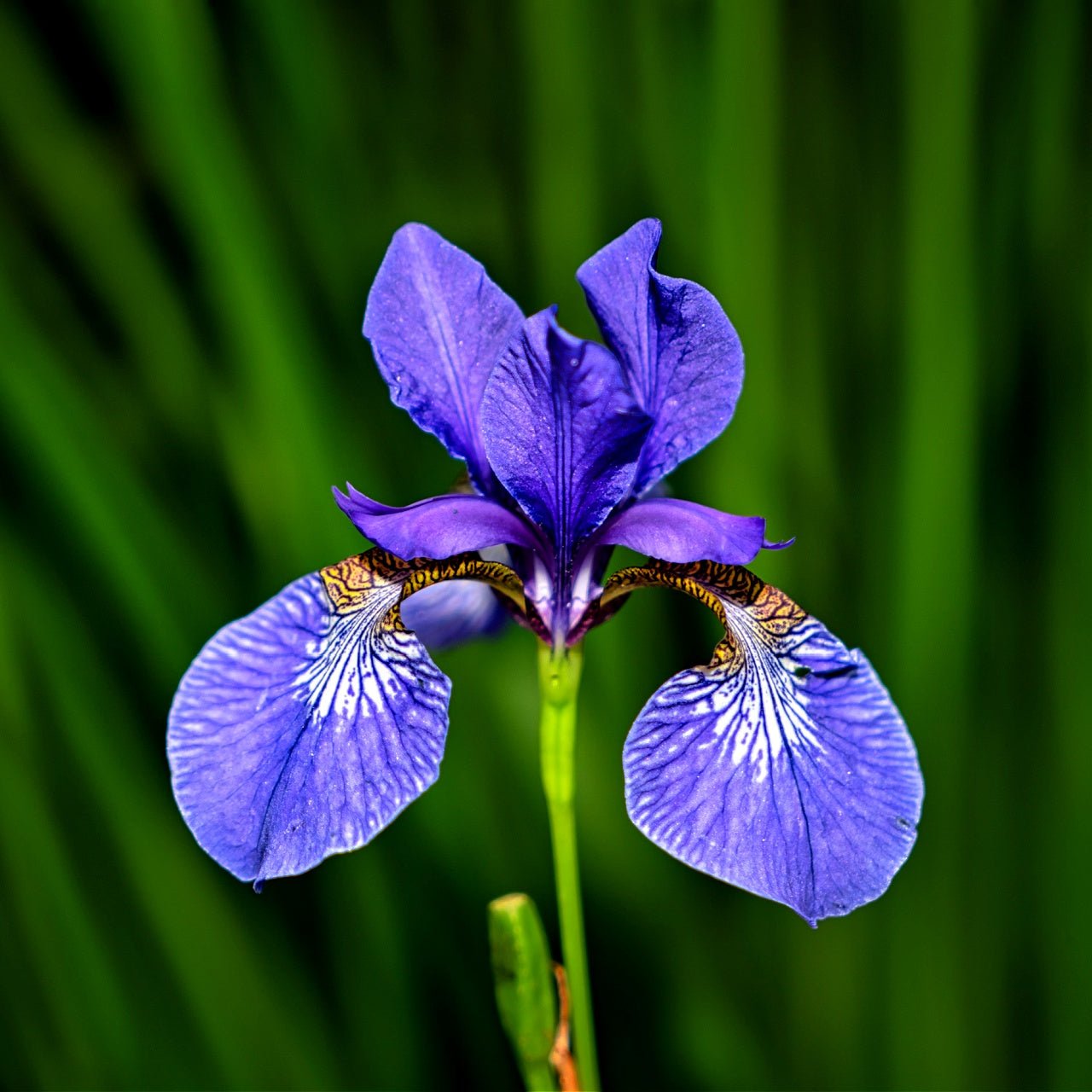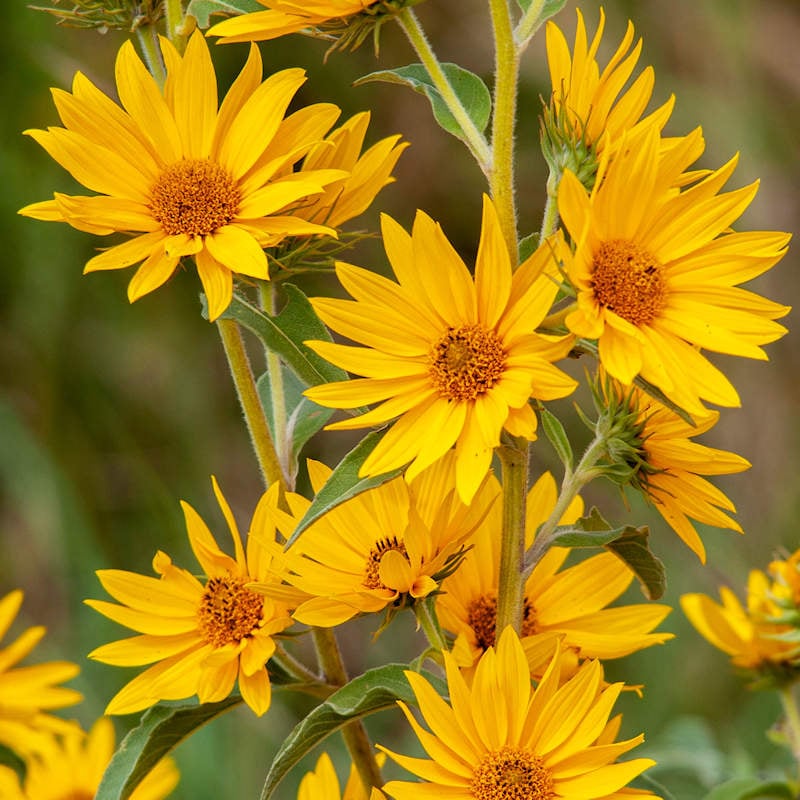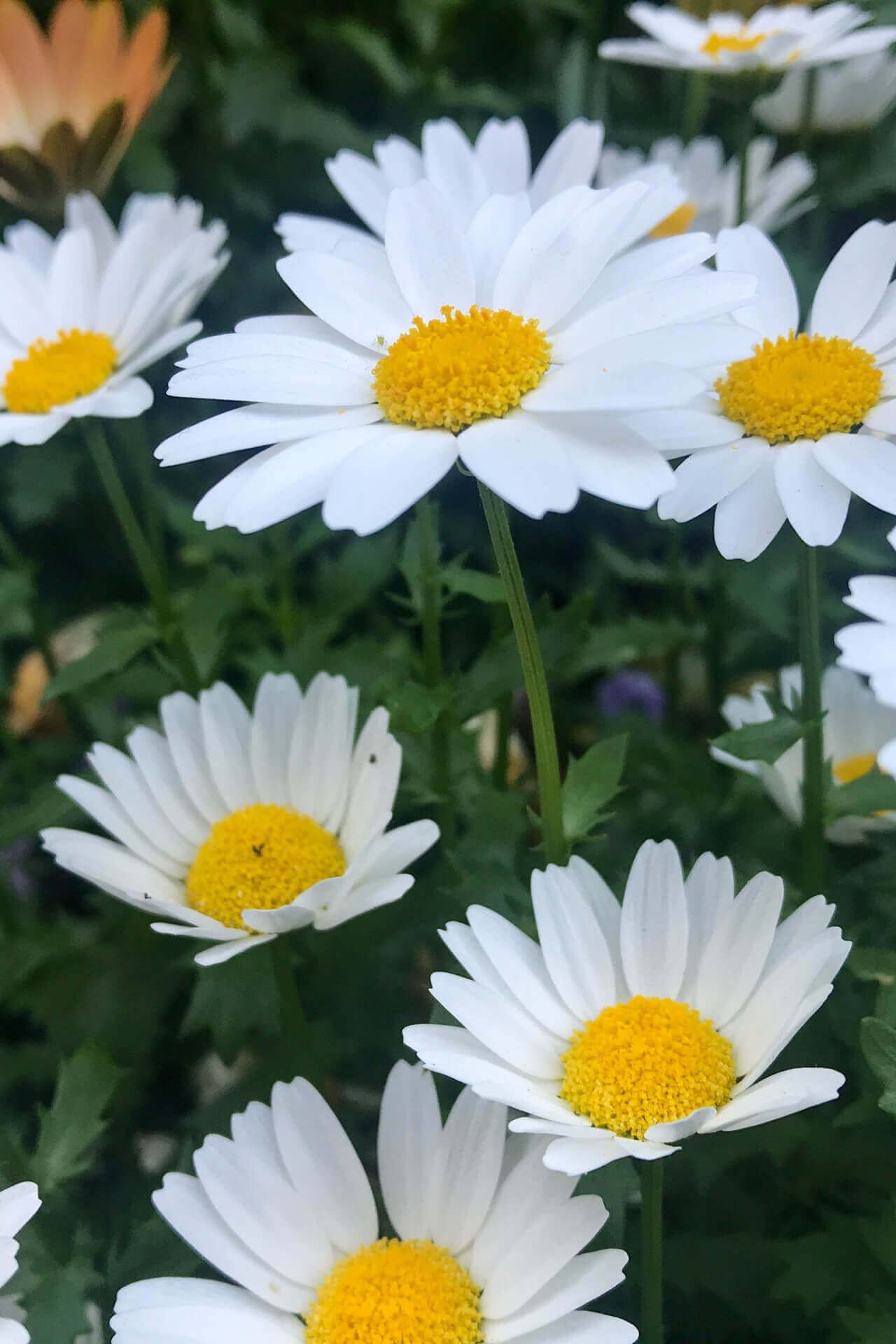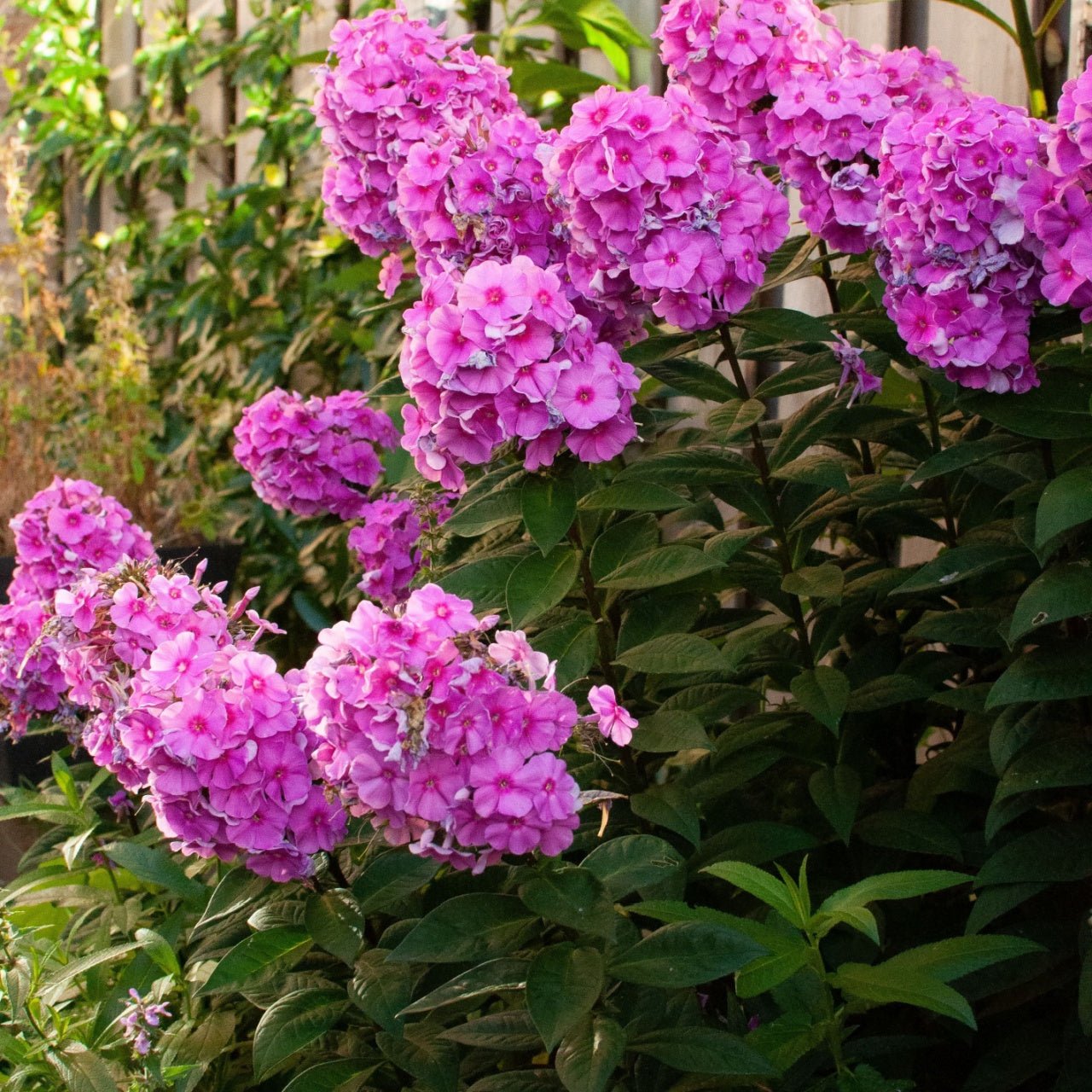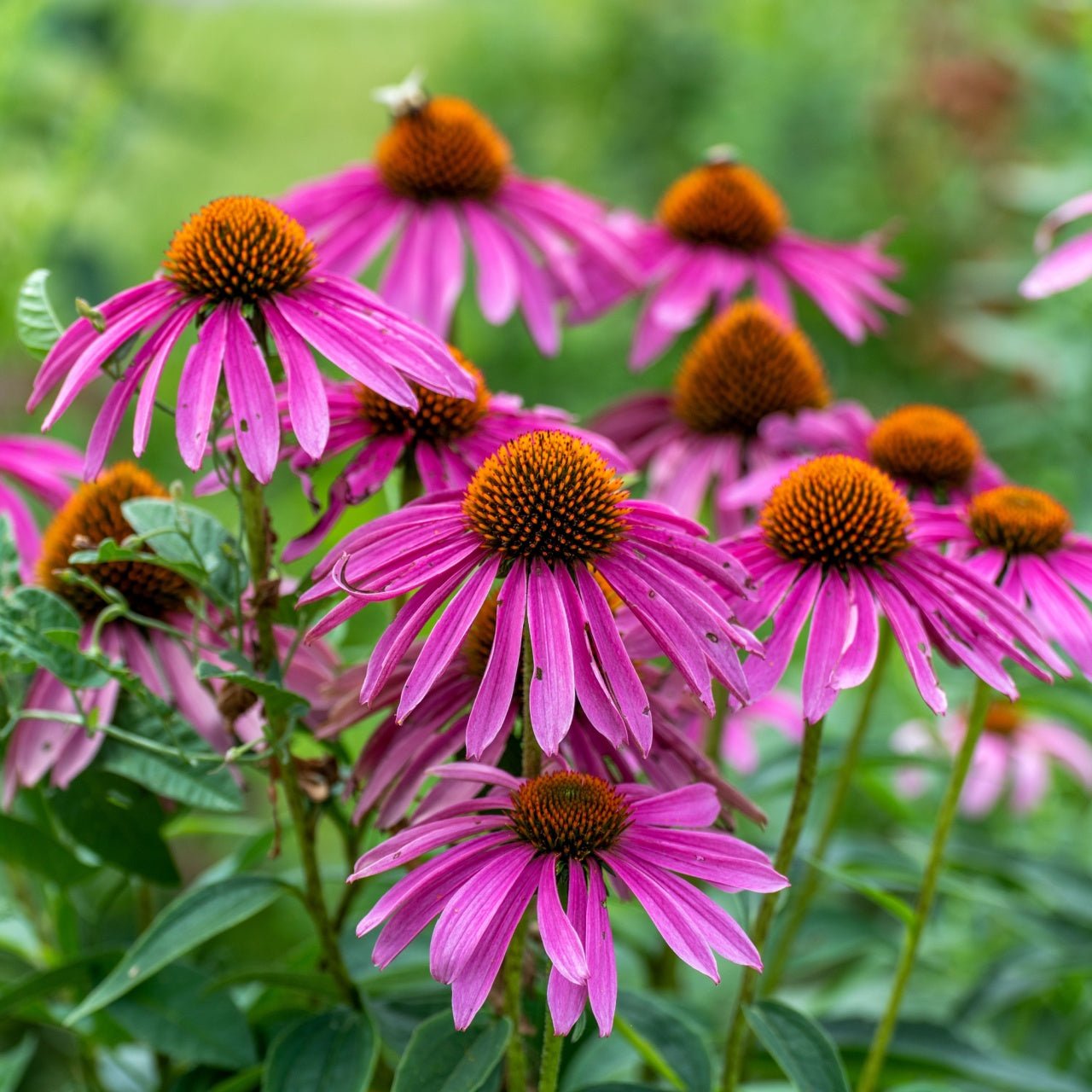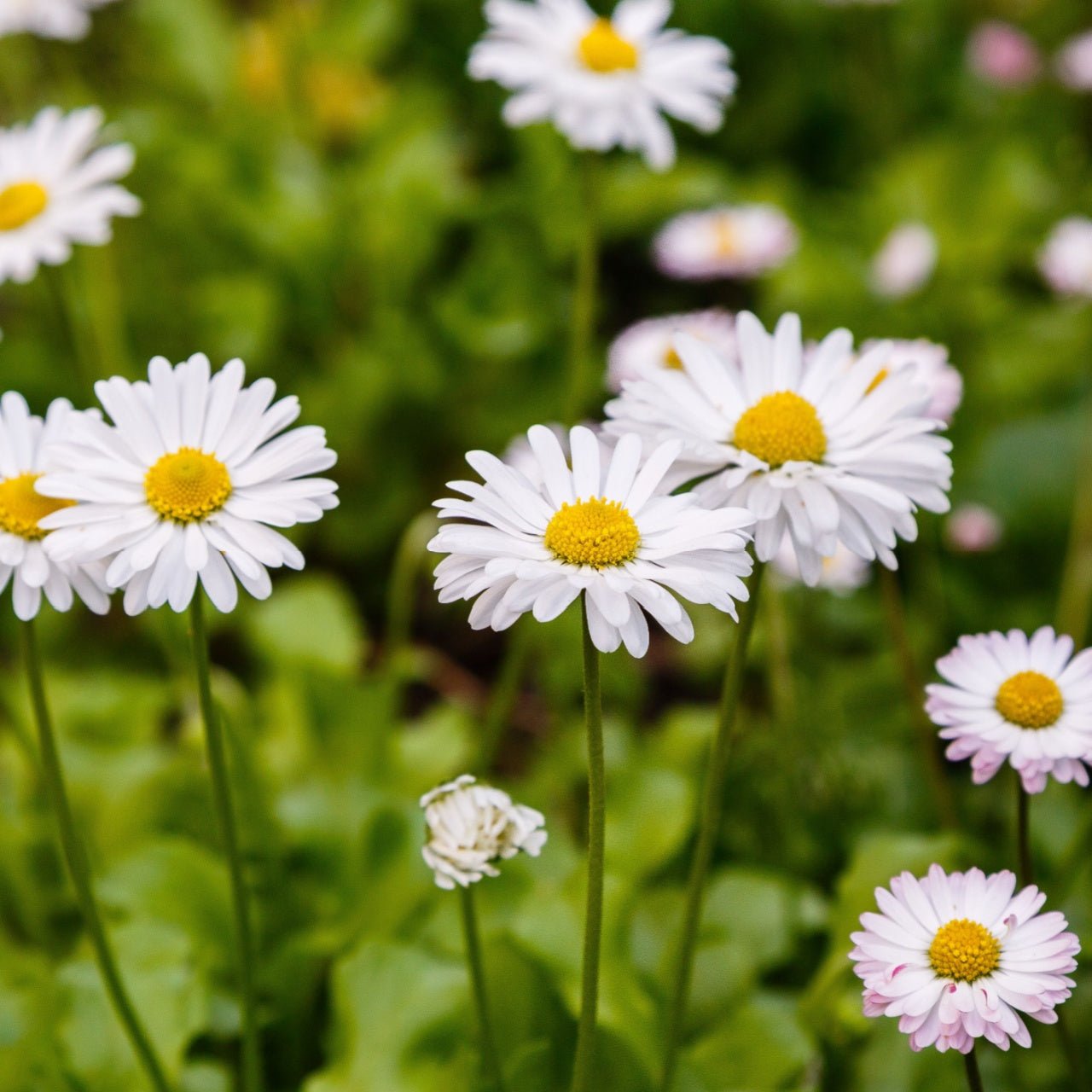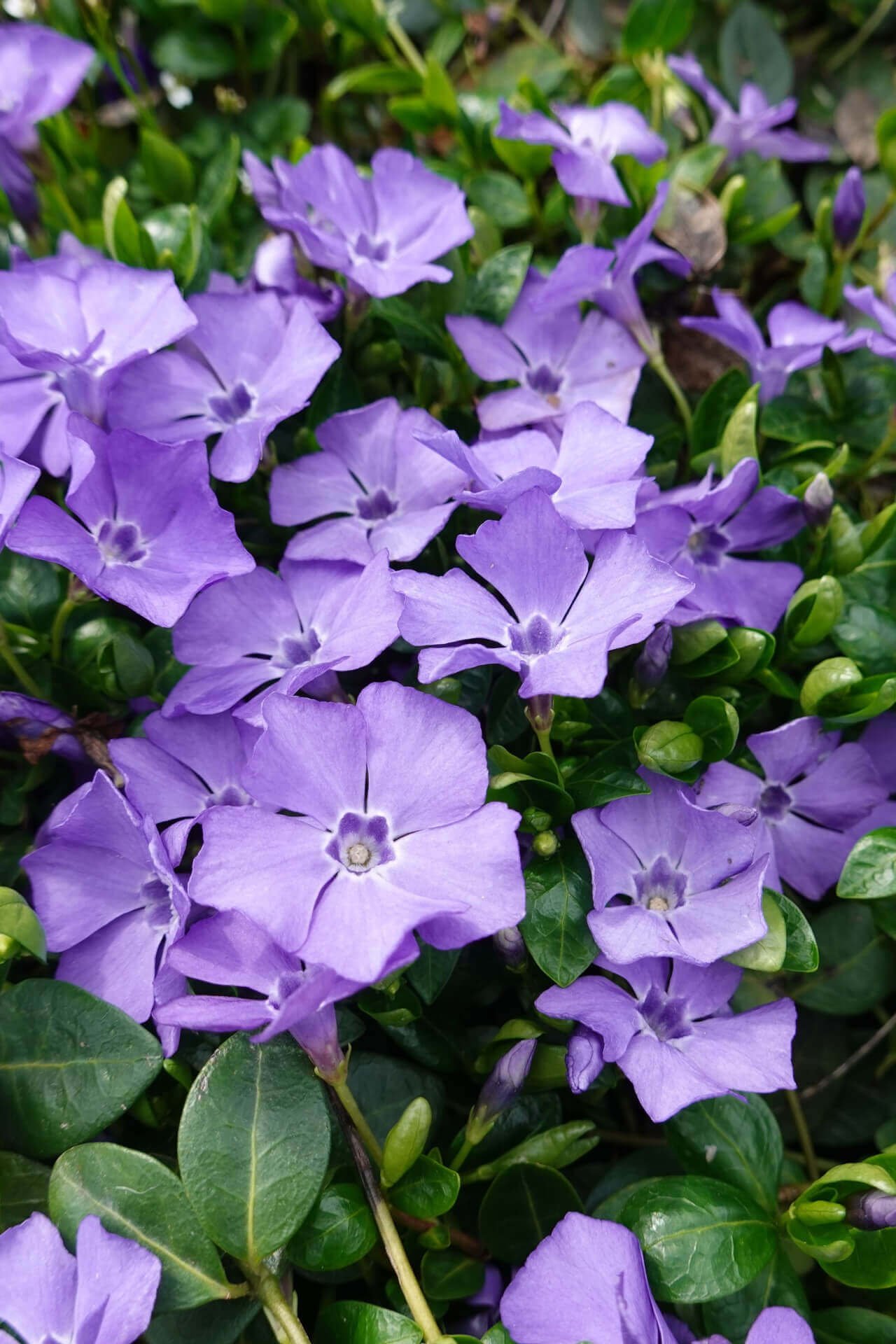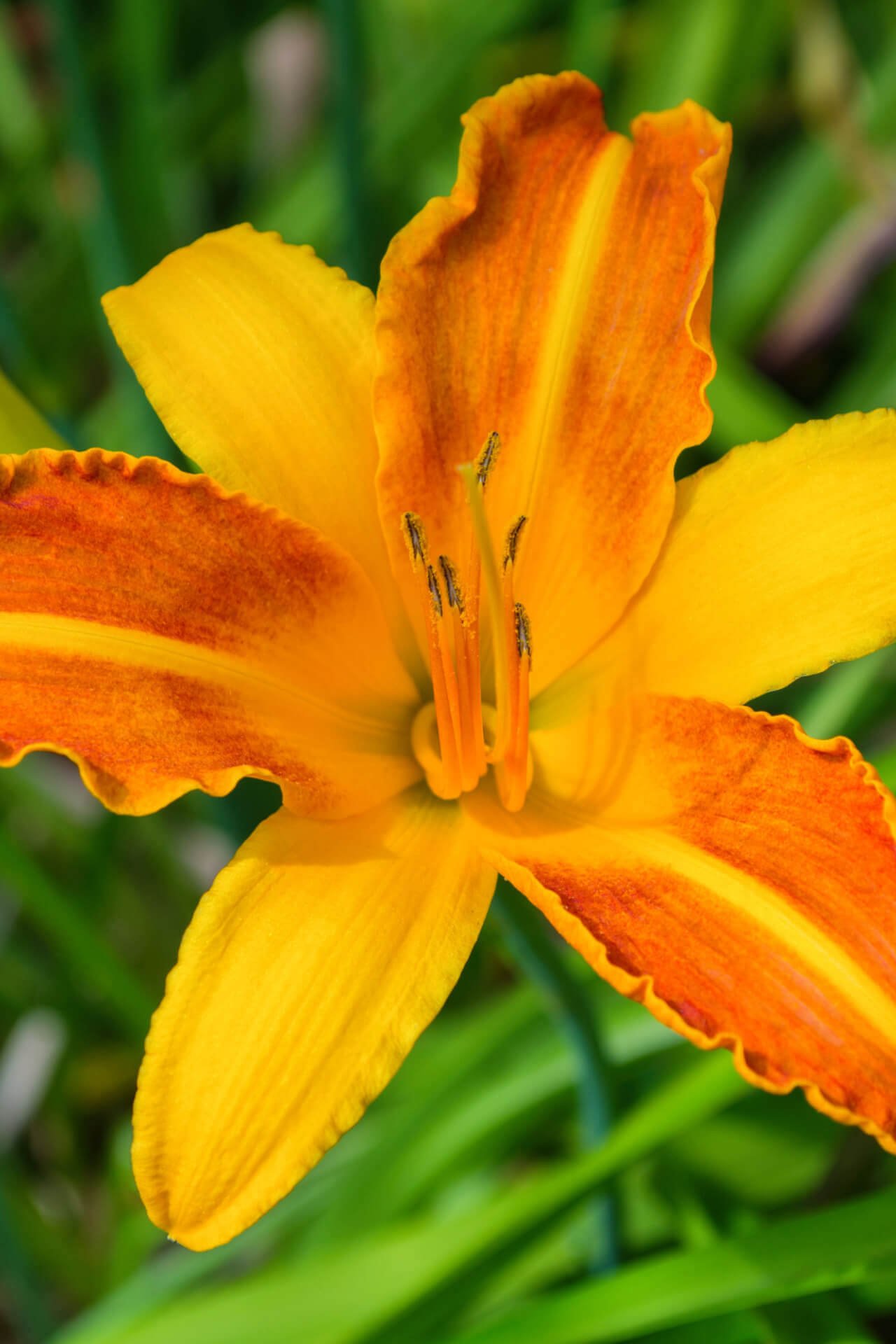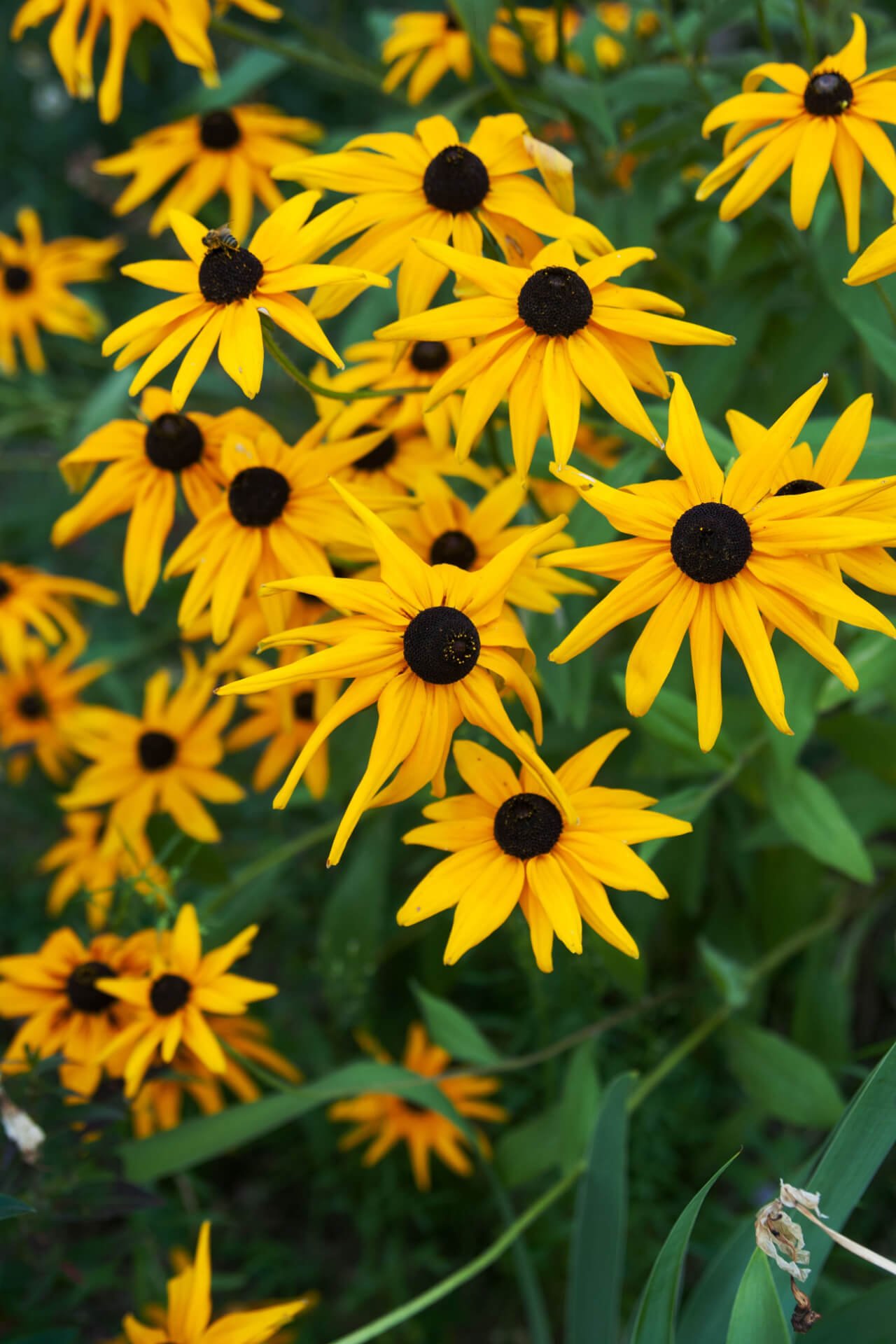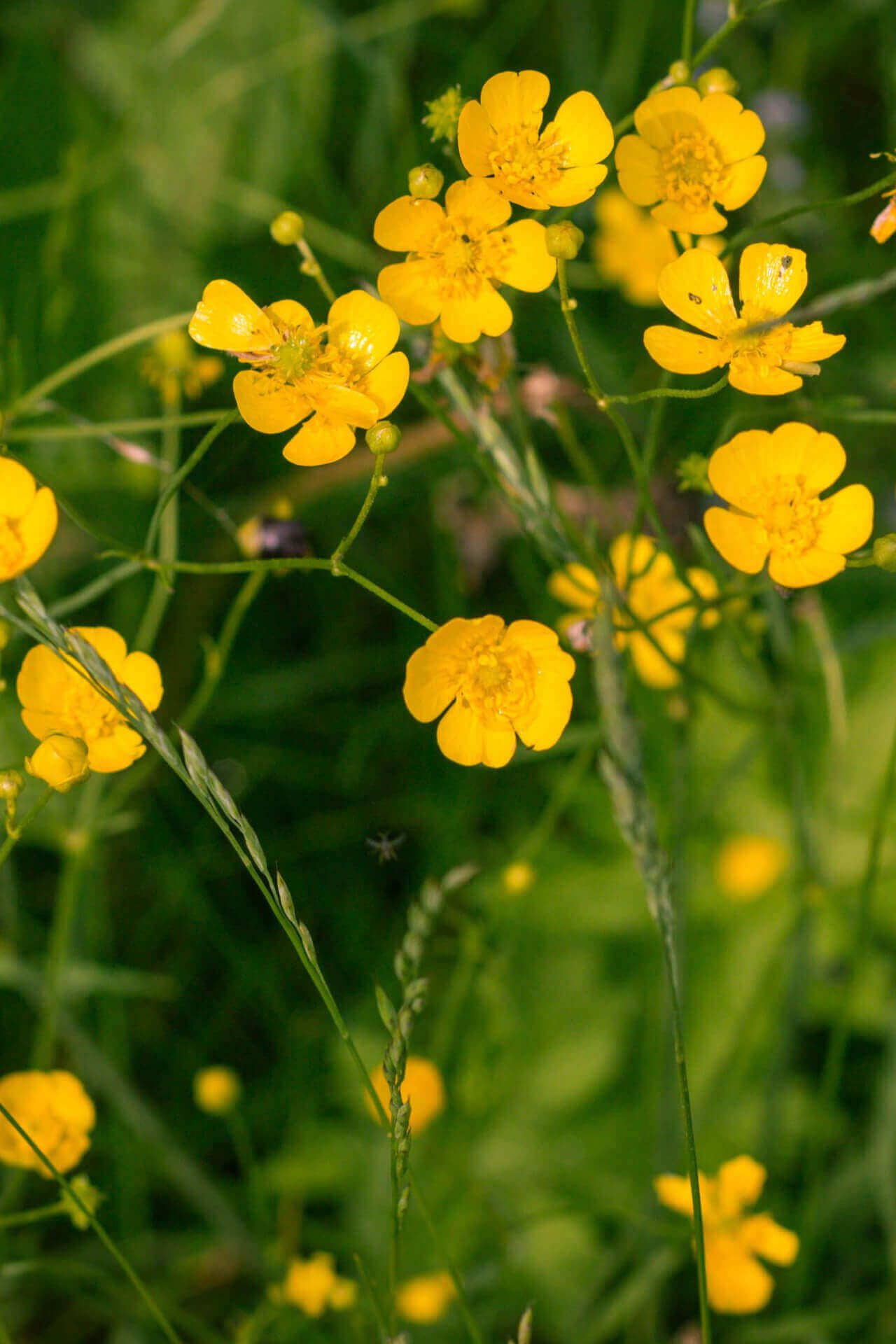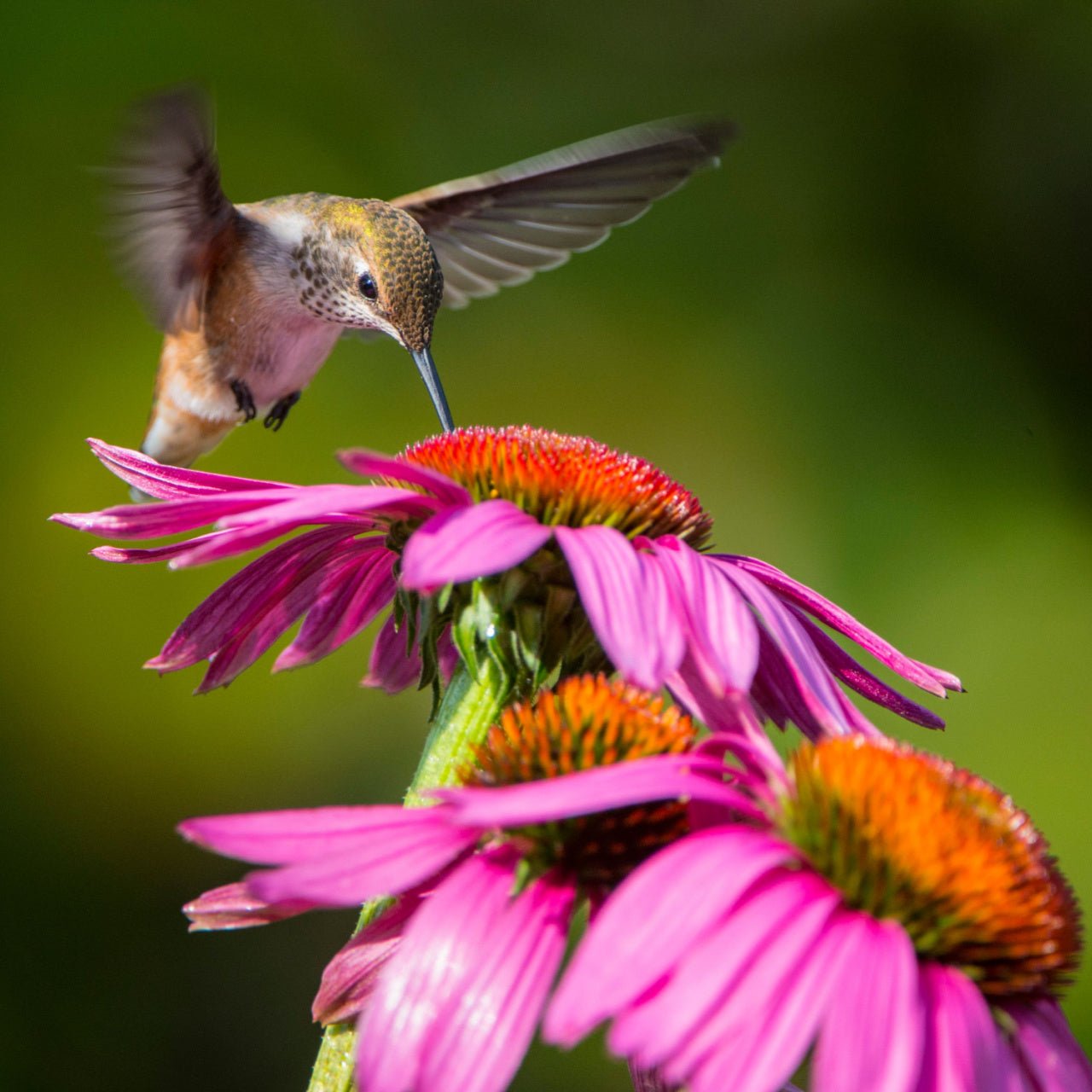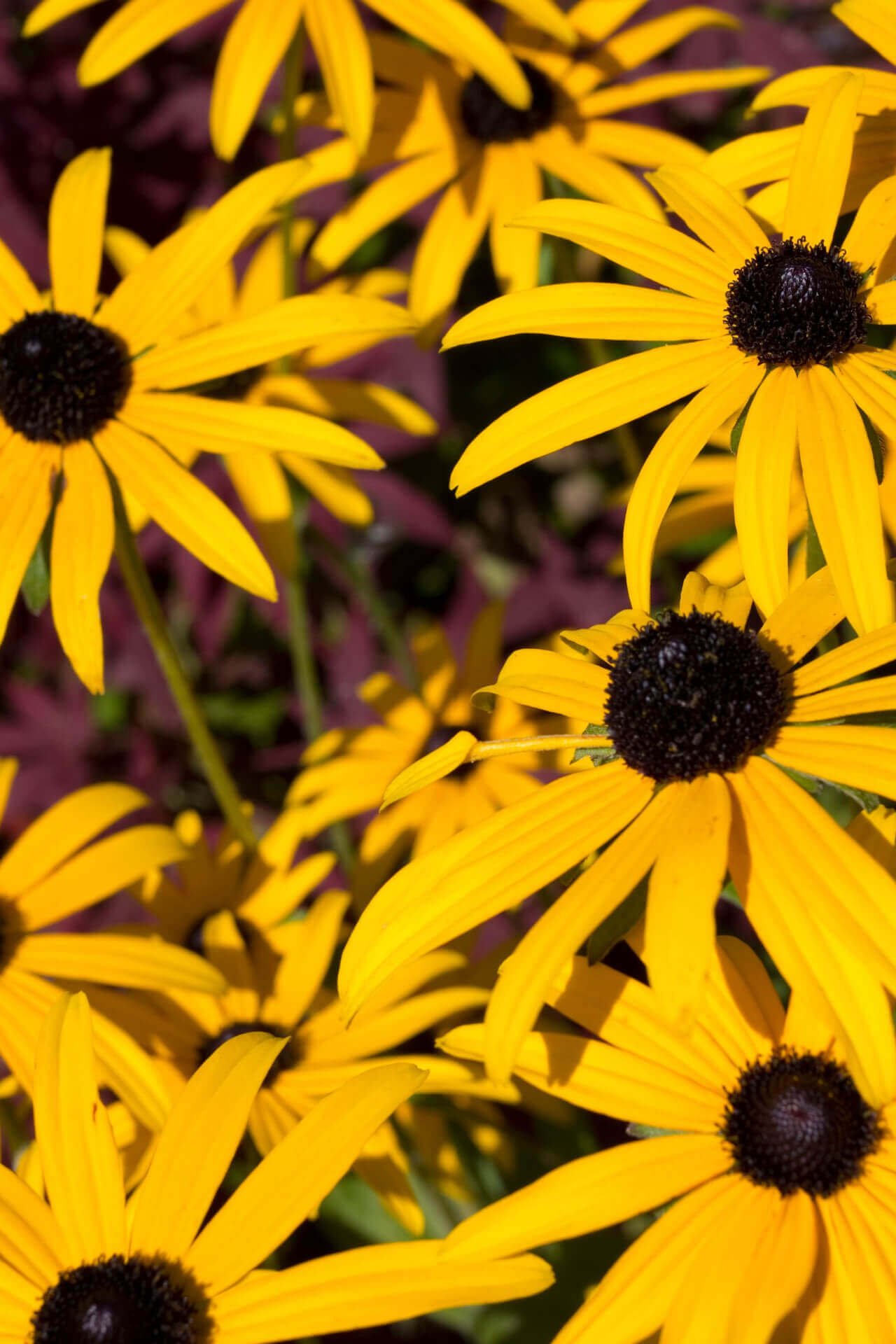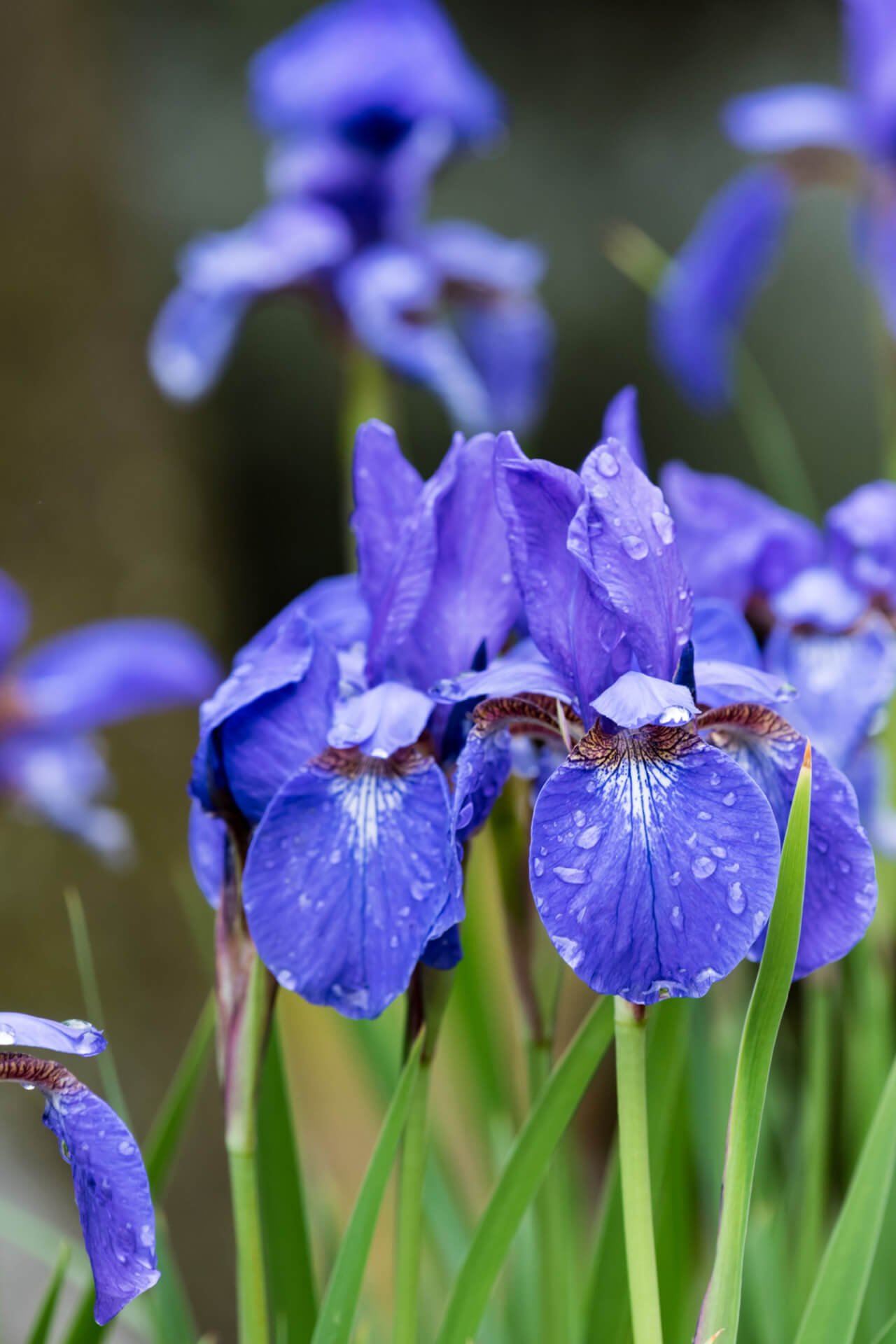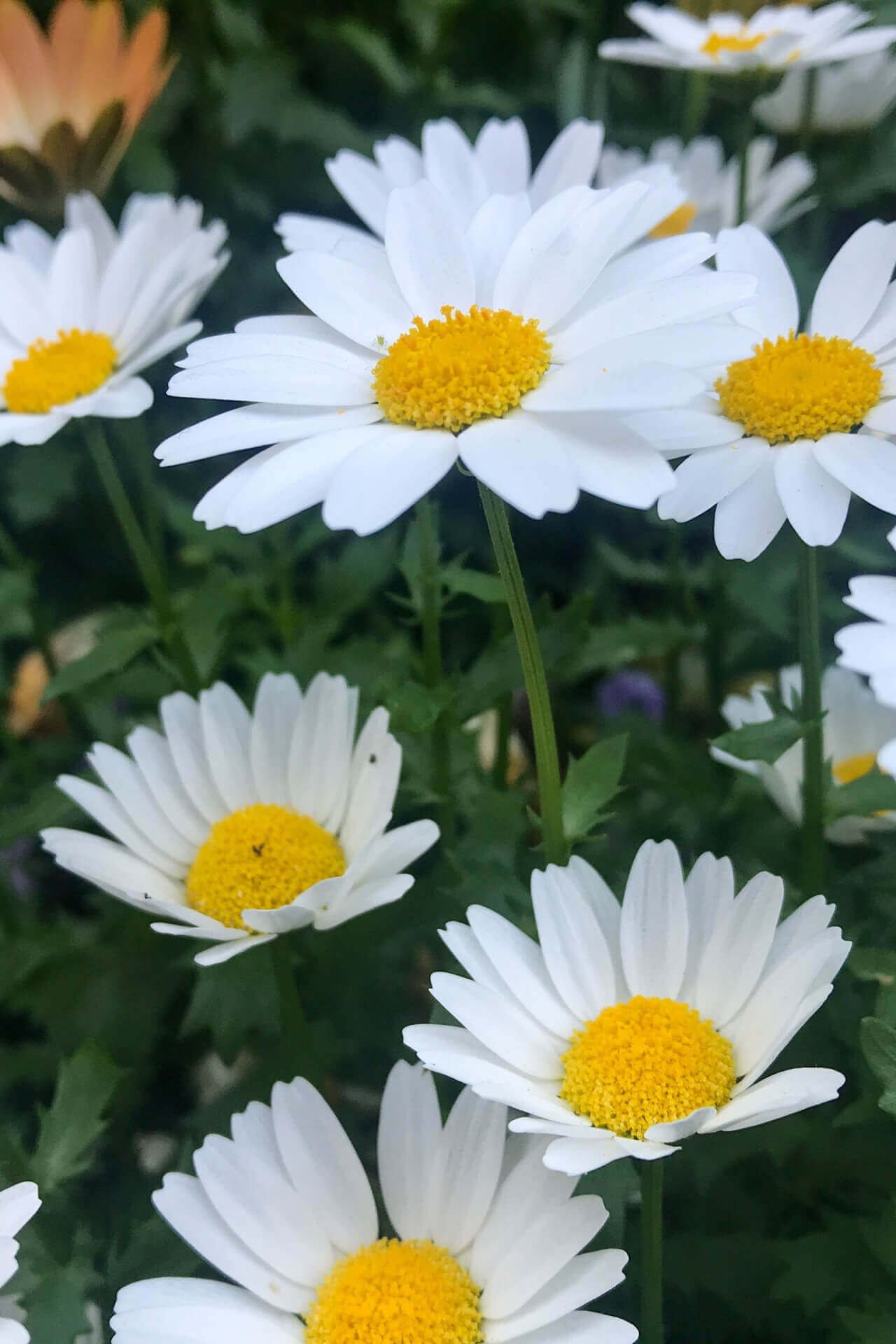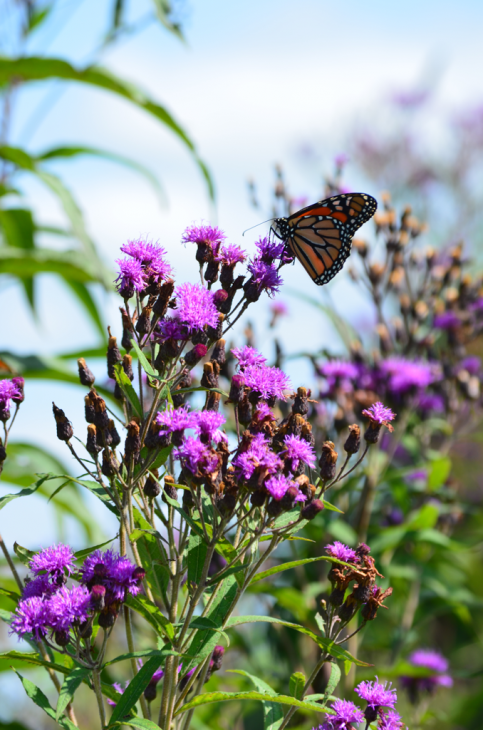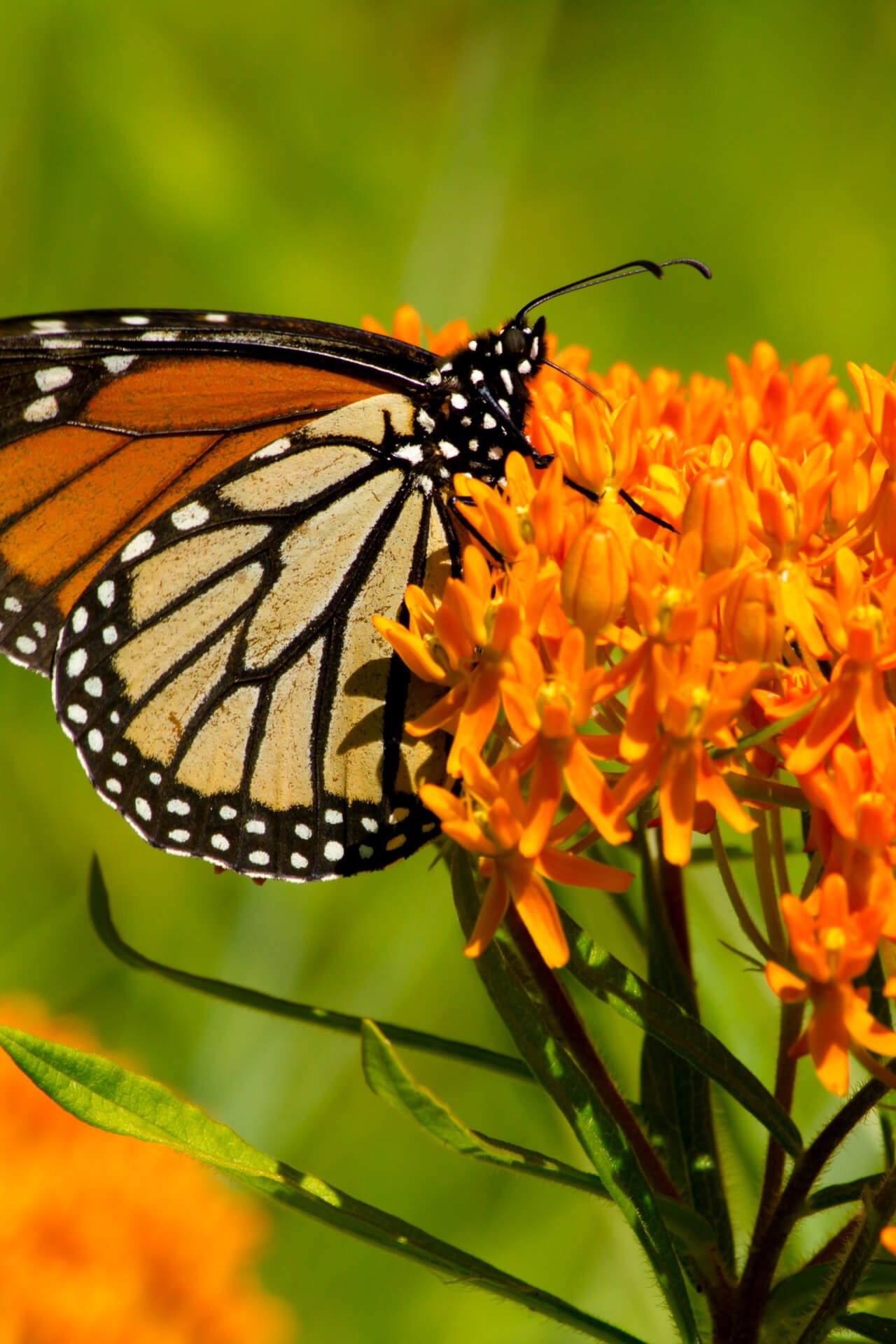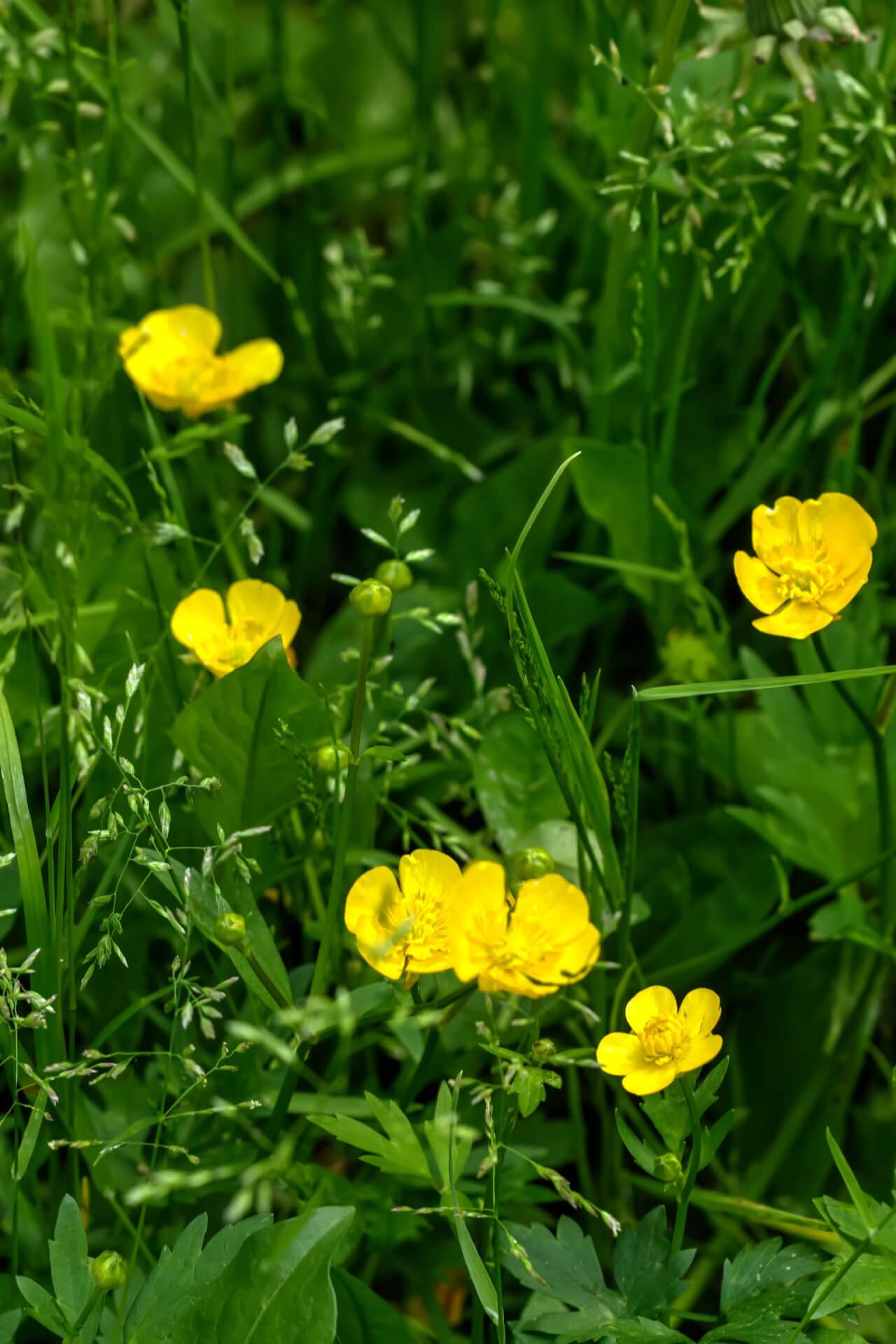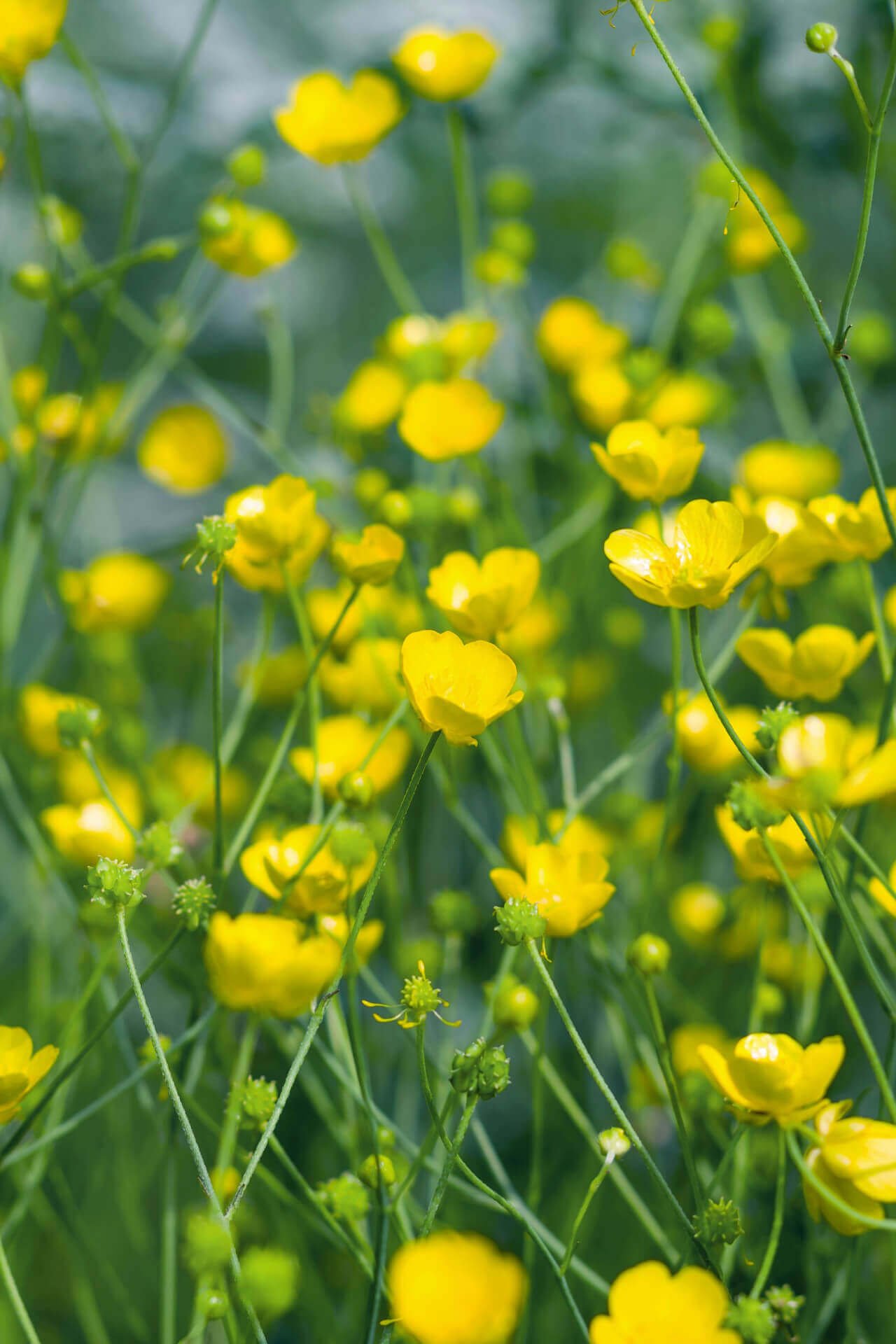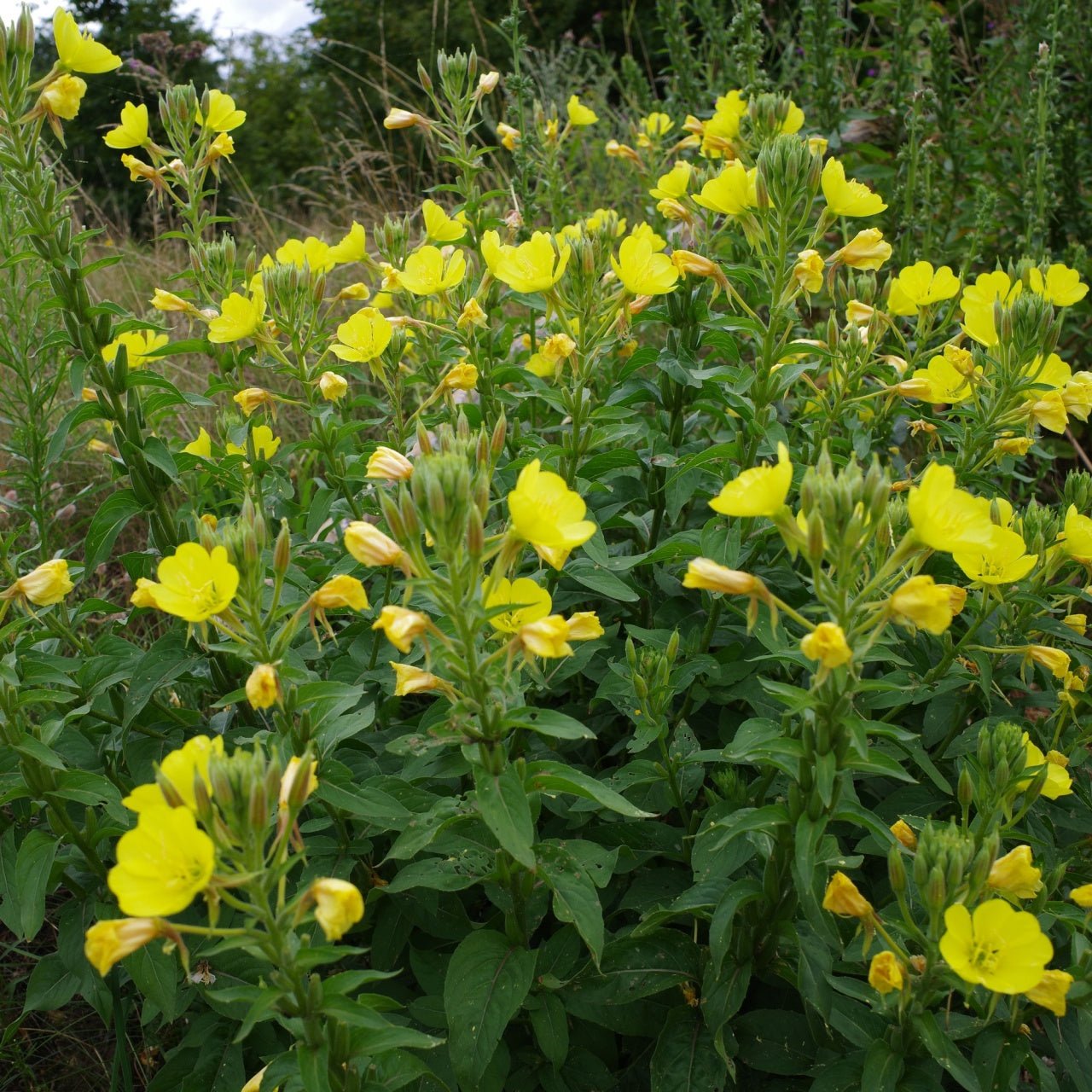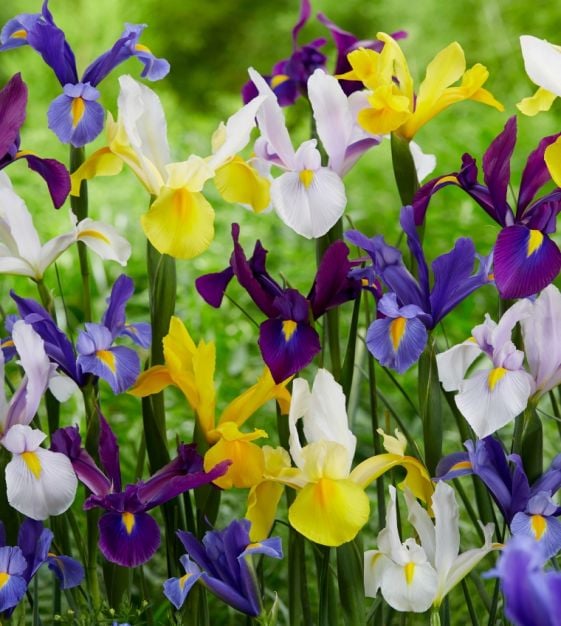Specialty Selections of Perennials
Filters
Filters
Long Blooming Perennials – Season-Long Color Without the Fuss
Some flowers are here and gone in a flash, but long-blooming perennials keep the show going for months. If you’re looking for reliable color that stretches from early summer into fall, our collection of long blooming perennials offers the kind of staying power every gardener dreams of. These aren’t one-week wonders—they’re proven performers that brighten borders, beds, and pollinator gardens all season long.
Enduring Beauty from First Bloom to Frost
At TN Nursery, we’ve hand-selected hardy perennials known for extended flowering cycles and minimal maintenance. Whether you're planning a wildflower-inspired meadow or a crisp, formal border, these varieties will pull their weight and then some. With staggered blooms and strong stems, many also attract butterflies, hummingbirds, and bees, making your garden as colorful as it is.
Customer Favorites That Bloom and Bloom:
- Coneflower (Echinacea) – Bold and upright, with petals that last well into fall.
- Blanket Flower (Gaillardia) – Fiery tones and repeat blooms even in dry conditions.
- Stella D’Oro Daylily – A compact, reblooming favorite that needs little care.
- Yarrow – Tough, feathery foliage with clusters of bright blooms that keep coming.
Why Gardeners Trust TN Nursery for Long Blooming Perennials
We dig and ship our perennials bare root, fresh from the field, and ready to thrive. Our long blooming varieties are chosen not just for their color, but for their proven ability to flourish in gardens across the country. Whether you're designing for curb appeal, pollinator support, or lasting summer beauty, these plants return stronger each year—no replanting needed.
Browse our collection of long blooming perennials and discover flowers that stay in bloom, so your garden never skips a beat.
Easy to Grow
Successful Perennial Planting Guide
To plant bare root perennials, start by soaking the roots in water for an hour or two to rehydrate them. While they soak, dig a hole twice as wide as the root spread and deep enough to let the crown sit just at or slightly above ground level.
Preparing the Soil For Bare Root Perennials
Make a small mound in the center of the hole, spread the roots gently over it, and backfill with soil, firming it gently as you go to eliminate air pockets. Water well after planting to help the roots settle in. Avoid fertilizing right away—let the plant focus on root establishment first. Keep the soil moist (but not soggy) for the first few days while the plants adjusts and acclimates.
Grow Tips For Success
Tips For Optimal Growth for Perennials
After your perennials have taken root and begun to grow on their own, care becomes more hands-off. You don’t need to water them constantly—just check the soil now and then, and if it’s dry a few inches down, give them a good soak.
Mulching Perennials
Mulching helps, especially during hot weather, but don’t let it smother the base of the plants. In spring, trim back anything dead from the previous year. Prune or pinch back the faded and dying blooms during the season, though it’s not always necessary. Every few years, if they look crowded or stop blooming like they used to, dig them up and split the clumps. Doing that gives them space to breathe and keeps them going strong.

